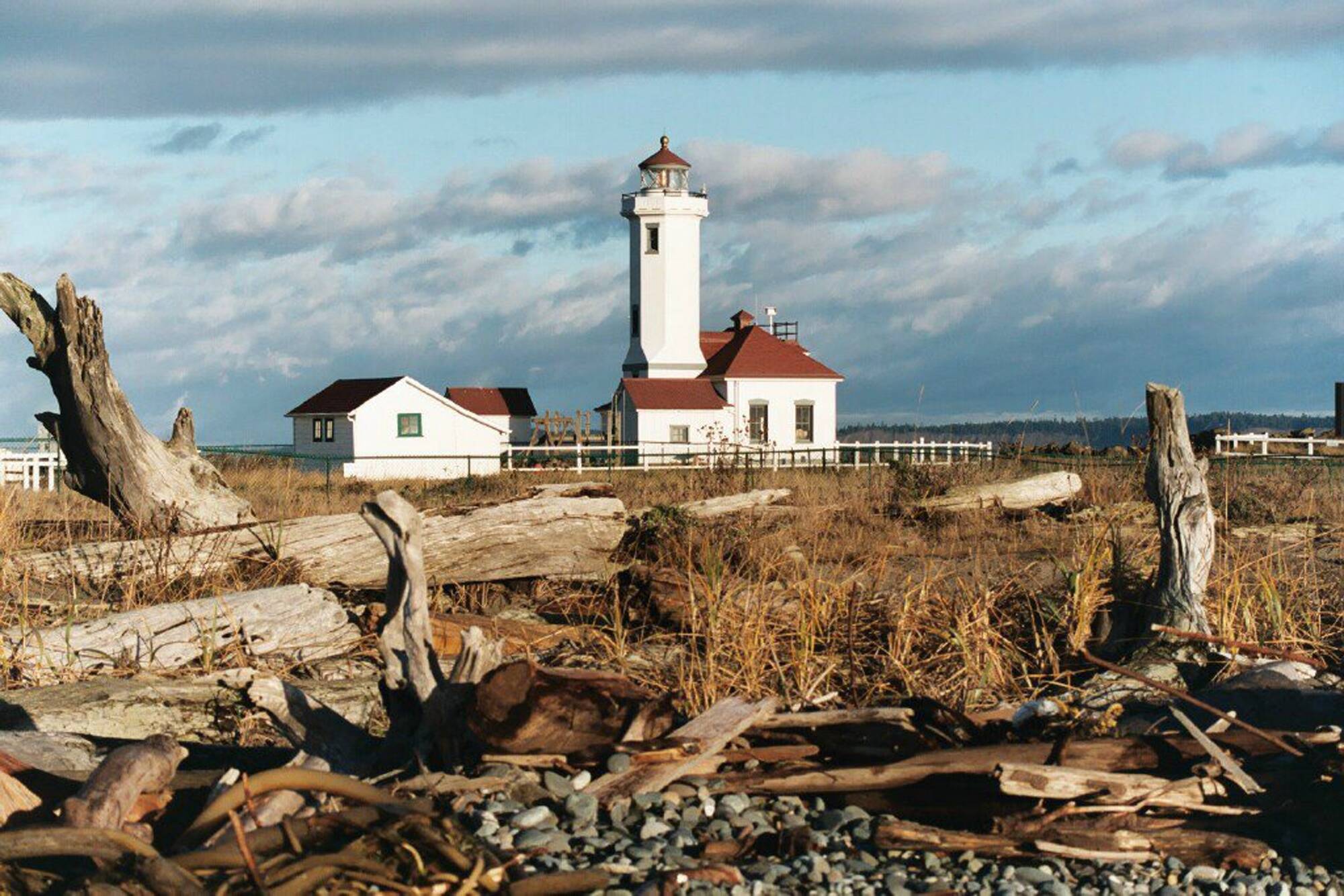Did you decide to take advantage of Washington’s spectacular natural beauty sometime last year and reserve a campsite, cabin or yurt at one of our state parks?
If so, you weren’t alone.
Use of campsites and other state-owned park facilities surged in 2021, according to data from Washington State Parks. The number of overnight stays last year totaled around 812,000, up by nearly 114,000, or 16 percent, from 2019, before the pandemic took hold.
The data doesn’t tell us what accounts for the spike, but it seems likely that with the pandemic still raging, many people didn’t feel comfortable flying or traveling anywhere crowded. While some opted for a “staycation,” others looked for safer outdoor alternatives like camping.
Early on in the pandemic, camping declined, because many facilities were closed due to pandemic lockdowns. Overnight stays at state park facilities totaled 617,000, a 12 percent decline from 2019.
But with most facilities open again in 2021, overnight stays soared.
Washington State Parks staff has experienced some challenges with the increased number of visitors, communications director Amanda McCarthy said.
“We still remind folks to pack out what they pack in, follow all park rules, have a backup plan in case the park they wish to visit is crowded, check our website before heading out for important alerts and be courteous to our staff that do an excellent job serving our parks and visitors,” McCarthy wrote in an email.
The great majority, 92 percent, of overnight stays were at campsites where people set up their tents. In total, there were 747,000 such stays in 2021, a 16 percent increase from 2019.
Visitors can reserve campsites and other facilities year-round, though there’s less demand in the winter months, as you’d expect. Prices are higher in the peak summer months.
The campsite with the highest occupancy rate last year was Fort Worden State Park in Port Townsend, with about 86 percent of available nights booked. Grayland Beach State Park in Pacific County was the second most in-demand campsite, with an 83 percent occupancy rate.
Saltwater State Park in Des Moines ranked third, at 79 percent. Situated between Seattle and Tacoma and just two miles off Interstate 5, the location may partially account for this campsite’s popularity.
After campsites, the most popular facilities for overnight stays were cabins and yurts. Washington State Parks offers these roofed accommodations — and even some vacation houses — for those who want some of the comforts of home while camping. Overnight stays in each of these categories increased at a greater rate than campsites from 2019-21, and stays at vacation houses more than doubled.
Twenty-one state parks have furnished wooden cabins, which sleep four to six people. There were nearly 23,000 stays in cabins in 2021, not including the Cama Beach cabins, up 28 percent from 2019.
As far as cabin reservations go, Skagit County’s Rasar State Park, located along the Skagit River, had the highest occupancy last year, at 87 percent. The cabins at Cape Disappointment State Park on the Long Beach Peninsula ranked second at 82 percent. Bay View State Park, located on Padilla Bay near Anacortes, had an 81 percent occupancy rate for cabins, ranking third.
In seven state parks, visitors can rent yurts, which are semicircular domed tents made of heavy-duty canvas that can accommodate up to five guests. There were nearly 11,000 overnight stays at yurts last year, up 19 percent from 2019.
The top yurt site in 2021 was Cape Disappointment State Park at 72 percent occupancy rate, followed by Grayland Beach State Park at 67 percent and Pacific Beach State Park with 65% in Grays Harbor County.
Washington State Parks offers other types of facilities, including marinas where boat owners can dock overnight — there were roughly 8,000 dockings in 2021, up 21 percent from 2019. Group campsites, for large groups of people, were closed for most of 2020. Last year, the numbers rebounded to roughly the same levels as 2019, with close to 4,200 stays.
The one facility type where overnights fell significantly since 2019 was retreat centers, down nearly 100 percent. But there’s a simple explanation: Retreat centers, which accommodate large groups, were closed due to the pandemic until Memorial Day weekend of this year.


